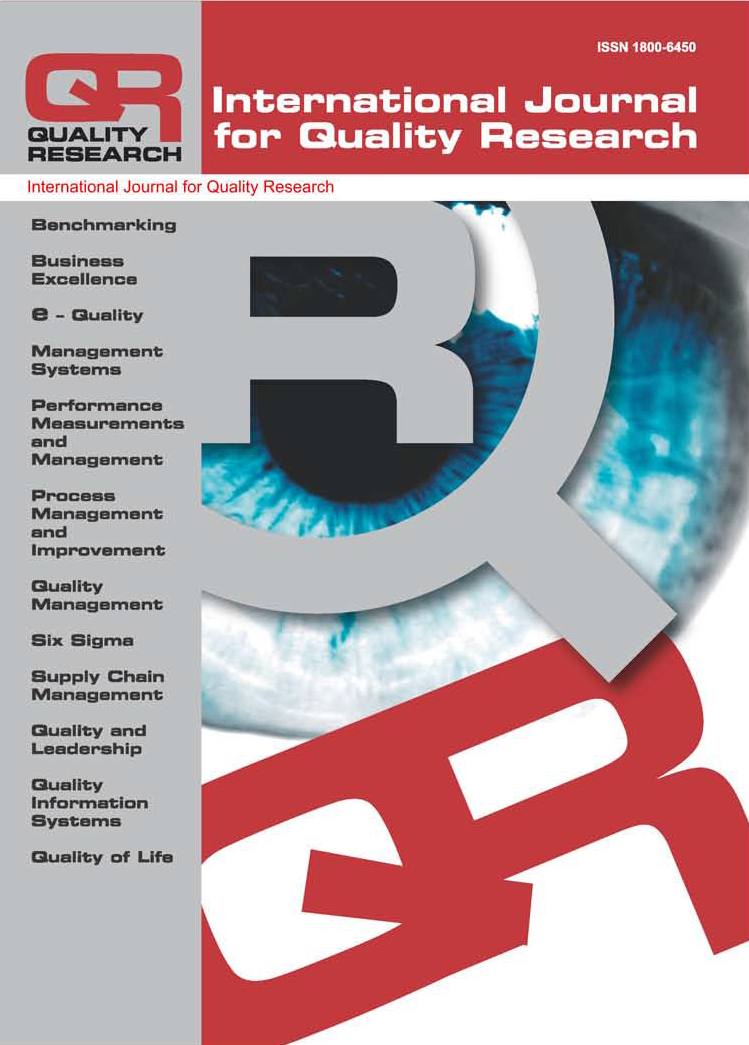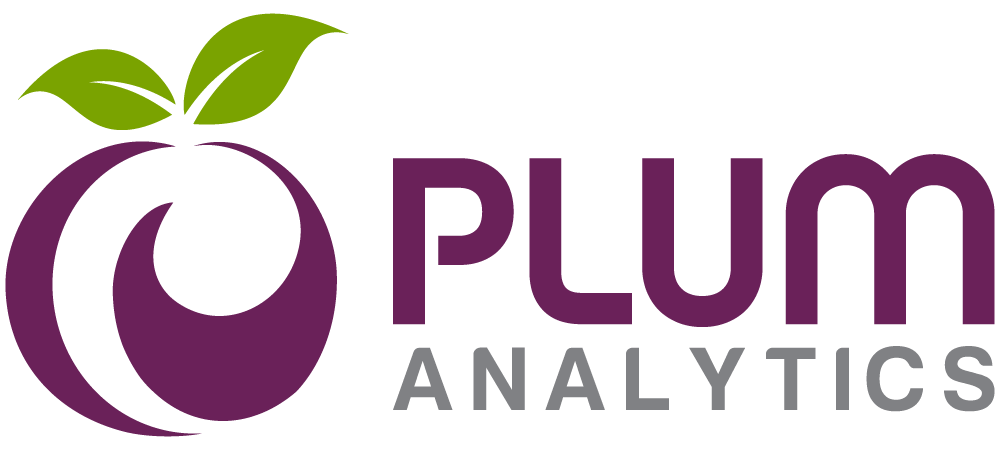DEVELOPMENT OF THE MATHEMATICAL MODEL FOR SURFACE TOPOGRAPHY QUALITY DETERMINATION AT THE END MILLING PROCESS
Jasmina Dedić, Dragan Lazarević, Bogdan Nedić, Milan Mišić, Živče Šarkočević
Abstract: As a metal machining process, end milling is the most widely used processes in industry. One of the most important indicators of success in finishing operation is the estetic quality of the surface that is directly connected to the maximal height of uneven surfaces, namely rougness. In process of milling the quality of the machined surface depends of many factors, for example, tool geometry, cutter parallel axis offset and cutter axis tilt, tool deflection due to cutting forces, tool and work piece vibrations etc. This paper presents the development of mathematical model for the determination of the quality of the machined surface topography. The model starts from an ideal trochoid point trajectory on the cutting edge tooth end mill, and then inserts the deviations due to cutter parallel axis offset and cutter axis tilt and gives instructions for the input of other factors that influence on the machined surface quality. Also it compares the values of maximal roughness height with different mill axis positions, and on different mill cross section heights, as well as the differences at up and down milling.
Keywords: end milling, surface quality, cutting edge trajectory
DOI: 10.18421/IJQR11.02-01
Recieved: 25.12.2016 Accepted: 07.04.2017 UDC: 005.6:621.7
Reads: 1575 







